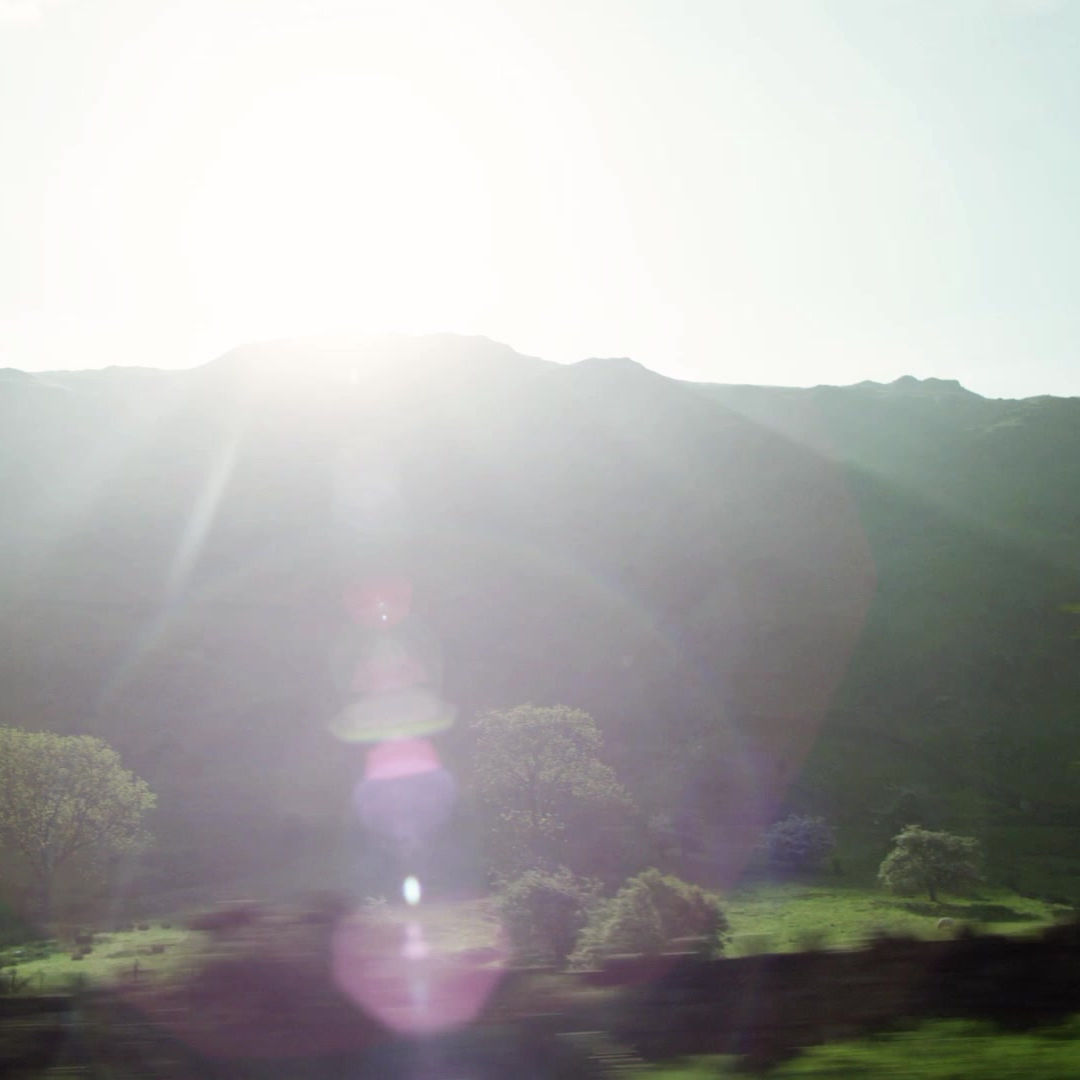
The Catventures
A family trip around the world for 1 year!
What about the ecological footprint?
For this great trip, we want to try all means of locomotion.
With notably :
-
the train
-
the bus
-
walking
-
the motorhome
-
the freighter
-
and of course the plane
Okay, but the ecological footprint? What about the CO2 released during a whole year through these trips?
We want to make an opening trip for our children, but what meaning should we give to this trip if we do not take into account the question of the impact of our travels on global warming, and therefore on the future of our children?
Is it reasonable to sort your waste, eat local food as much as possible, travel by scooter and public transport all year round, and then take about ten planes in 1 year?
Should we then resolve not to travel, even if it means putting an end to this project of opening up to the world (or doing it differently)?
Our choice is to continue to travel but in a reasoned way, both on the modes of transport, but also on the places visited (not to contribute to a wild tourism which has an impact on the fauna and the flora) and by restricting the number of countries visited while taking more time in each of them. And also by making our children aware of the impacts of global warming during our trip.
As soon as the trip was prepared, we compared the emissions from the different means of transport and studied the trips so as to minimize the impact of this trip.
To find out more, see the excellent report on the subject by the Tourdumondiste site.
And the result of our reflections, mixture between heart (desire to discover and share) and reason (limit air travel, avoid places affected by overtourism) led us to the following theoretical journey:
Key figures
Key points by country
Some ideas to reduce the ecological footprint and / or avoid mass tourism ...
For all countries, we have favored an arrival out of season or at the end of the season, while maintaining a favorable climatic period. For this, the reverse planning site has greatly helped us.
In particular, we have avoided local school holidays or travel during major travel periods (example: Christmas, Chinese New Year's Day, etc.).
When we could, we favored journeys "against the grain" unlike what most travelers do (example: doing a Beijing-Moscow trans-Siberian rather than a Moscow-Beijing).
Some other ideas for each country crossed:
-
Canada
-
Arrival season limit (September)
-
Use the Trans-Canada Highway to cross the Pas from West to East (from Toronto to the Rockies in Jasper)
-
-
Guatemala
-
Choose Guatemala and not Costa Rica, better known and well developed in terms of tourism. Although Costa Rica seems to be well managed at the moment.
-
Avoid Belize which is a sea / diving destination which is not what we are looking for.
-
Trying to find responsible accommodation
-
Study the possibility of investing in volunteering during our stay
-
-
New Zealand
-
Pay the new IVL tourist tax "International Visitor Conservation and Tourism Levy" with pleasure ;-)
-
Study our route to avoid the kilometers traveled, while visiting both the North Island and the South Island
-
-
Cambodia
-
Maintaining our choice to go to Angkor, despite a clear overcrowding , but sleep on site in sustainable and responsible accommodation, and take several days there to really enjoy this incredible site from sunrise to sunset.
-
Choose NOT to ride on elephants which are increasingly becoming victims of their tourist success.
-
-
India
-
In reflection :)
-
-
Nepal
-
Take advantage of our coming to Nepal to go to the Terai , to meet its wild fauna, a region less known than that of Everest.
-
Go through an agency that respects the working conditions and remuneration of sherpas to organize a trek in the Annapurnas.
-
-
Japan
-
In reflection :)
-
-
China and Hong-Kong
-
In reflection :)
-
-
Russia
-
Cross the country Transsiberian
-
-
Europe and France
-
Go back to France via Europe in train to keep a smooth pace of travel
-

